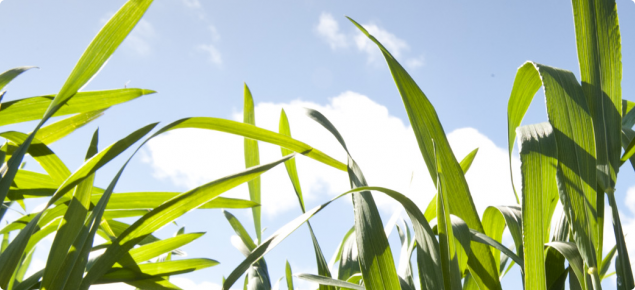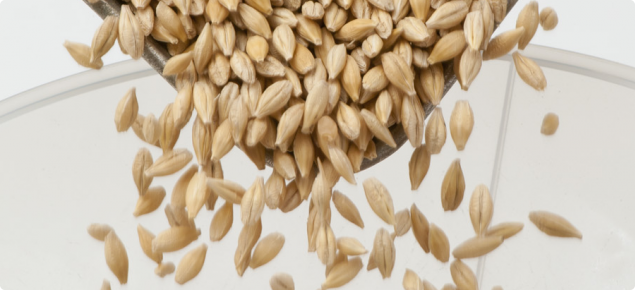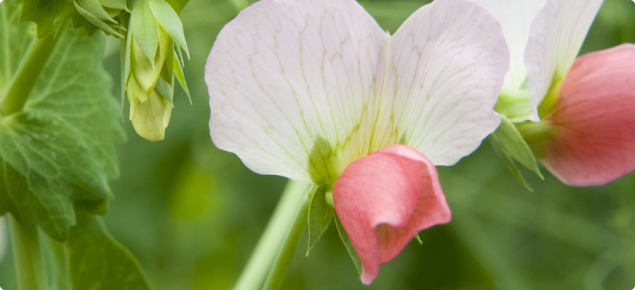The grains industry is the largest agricultural sector in Western Australia delivering around $5.9 billion in grain exports to the state economy each year (5 year average) – with the majority of this coming from cereal production ($4.5 billion) and contributions from oilseeds ($1.3 billion) and legumes ($0.18 billion).
WA produces about 18 million tonnes of grain each year from around 4000 rain-fed farms, most ranging in size from 1000 to 15,000 hectares. Wheat is the state’s major grain crop with about 8-10 million tonnes produced each year followed by barley, canola, oats, lupins and field peas.
The state’s grain production area, known as the ‘wheatbelt’, contains around fifteen million hectares of arable land across the south-west corner of the state. Around nine million hectares of this is cropped each year.
The WA grains industry is export-oriented with 80-90% of annual grain production exported to more than 50 countries worldwide with Asia and the Middle East our largest markets.
The department underpins the majority of the state’s grains research, development and extension activities.
Each year the department coordinates and delivers on more than $43 million worth of grains research, development and extension projects ranging in scope from molecular genetics through to large-scale agronomy trials and export market intelligence.
The majority of this research is co-funded by the Grains Research and Development Corporation (GRDC).
The department oversees annual crop trials carried out all the way from Kununurra in the north of the state through to Esperance in the south.
These research trials are used to develop and fine-tune management packages for the many grain varieties grown across WA's rainfall zones and also to feed information back into breeding programs to develop higher-yielding and more disease resistant crop varieties.
The trials also offer the department a valuable opportunity to monitor for exotic crop pests and diseases which could devastate the Australian grains industry if they became endemic.
Other areas of grains research, development and extension for the department include:
- Genetic improvement of cereals to stresses, such as disease, drought, frost and soil constraints
- Developing accurate seasonal forecasts
- Developing crop diagnostic and decision support tools
- Real-time mapping of crop pests and diseases
- Crop disease management and forecasting
- Management of soil and weed constraints





